From the small, untouched paradise islands of Koh Muk and Koh Kradan, we headed north to the much bigger and developed Koh Lanta. With paved roads running through the green hills on the island and 7-Eleven branches all over the place, we were undoubtedly back to civilization.
Koh Lanta Yai
Part of an archipelago with 52 islands, Koh Lanta Yai is the biggest with several beaches and villages to choose from. There were some less-explored options that were tempting, but we decided to stay at Khlong Dao beach where most of the accommodation and transportation options were.
Even though Khlong Dao was the meeting point for most people on the island, the three-kilometer white sand beach was more than long enough to seem empty at any given time of the day. Walking along the beach while enjoying the cool sea breeze or just sitting on the sand while contemplating the beautiful sunset with a toast of Chang were some of our favorite activities.

As expected, Koh Lanta beaches were not as idyllic as the ones on smaller, less-developed islands, but that’s why Koh Lanta was a major hub for other islands or dive sites in the Andaman Sea. Coming in, I was super excited to dive at Hin Daeng and Hin Muang dive sites – constantly ranked among the top 10 dive sites in the world with great marine life diversity. Unfortunately, the distance to the sites, the Marine Park diving fee and its popularity made those dives unaffordable for us (maybe someday in the future!). We opted for a snorkeling day trip to the tiny Koh Rok islands instead.

Koh Rok
A speedboat picked us up for the hour ride to Koh Rok. The fun started early as during the ride, both Julie and I got wet from the splash of the 700 hp speedboat going full speed. We reached the two Koh Rok islands in no time – Koh Rok Nok and Koh Rok Nai.

Passing by the narrow path between both islands revealed the small lagoon-like area, perfect for snorkeling – the weak currents and shallow waters made for great visibility. Koh Rok is famous for the great number of anemone and clownfish, which made both Julie and I pretty excited to get into the water and try to find Nemo!

In the water, we started exploring the area and for the first few minutes we were quite unimpressed with it – the corals were spread out through a big area and there weren’t as many fish as we found while snorkeling in Koh Kradan. We saw mostly angelfish, pufferfish and hard corals. At some point Julie saw what she thought was Dory (!), but still no sight of Nemo. I knew that in order to find the clownfish we were looking for, we had to find anemones, since they both live in a symbiotic relationship – anemones are venomous and protect the clownfish, while the clownfish improve water circulation around the anemone tentacles and protect them from their predators.

After swimming a bit more around the site, I finally spotted some anemone and lots of Nemos! I pointed them out to Julie and we both yelped in excitement. Julie thought they were smaller than expected but really adorable. I dove pretty close to them and saw those cute little fish curiously coming out of their safe home. That sight alone was worth the entire trip.
After having enough fun with the clownfish, we headed back to the boat, as it was already time to head to the beach on Koh Rok Nok (the southern of the two islands) for lunch. The powdery white sand beach with crystal clear water and lush green palm trees on Koh Rok Nok was paradise. We strolled around for a bit until we found a nice place under the shade and helped ourselves to the buffet lunch. In front of us, we had a beautiful view of the beach while to our right, we had a tsunami warning sign, a reminder of the tragedies in the history of all these islands we’ve visited.
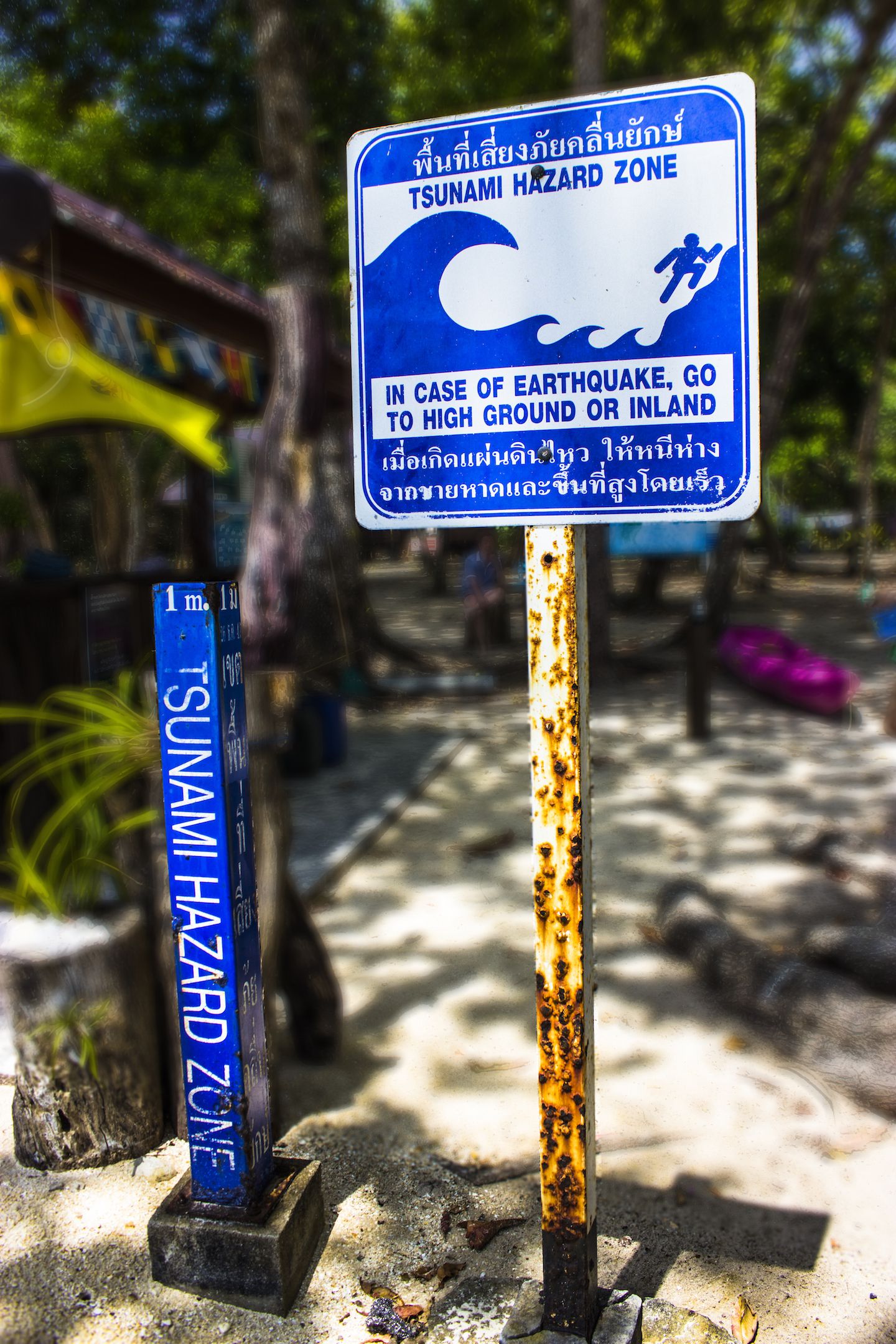
The highlight during lunch was seeing a monitor lizard that was wandering around looking for food. It was the biggest lizard I’ve ever seen in the wild and looked fairly dangerous – one kid got pretty close to it and suffered from its powerful tail. Both Julie and I kept our distance and just watched the lizard swallow entire chicken bones from tourists leftovers as if it was nothing (and wondering if wildlife should be fed in that way).

The monitor lizard appeared to be fairly smart, knowing where to look for things and jumping from one chicken bone to another, remembering where each one was. I was surprised to find later on after some research that monitor lizards can even count! OK, only up to six, but come on, that’s already quite something for a reptile brain.
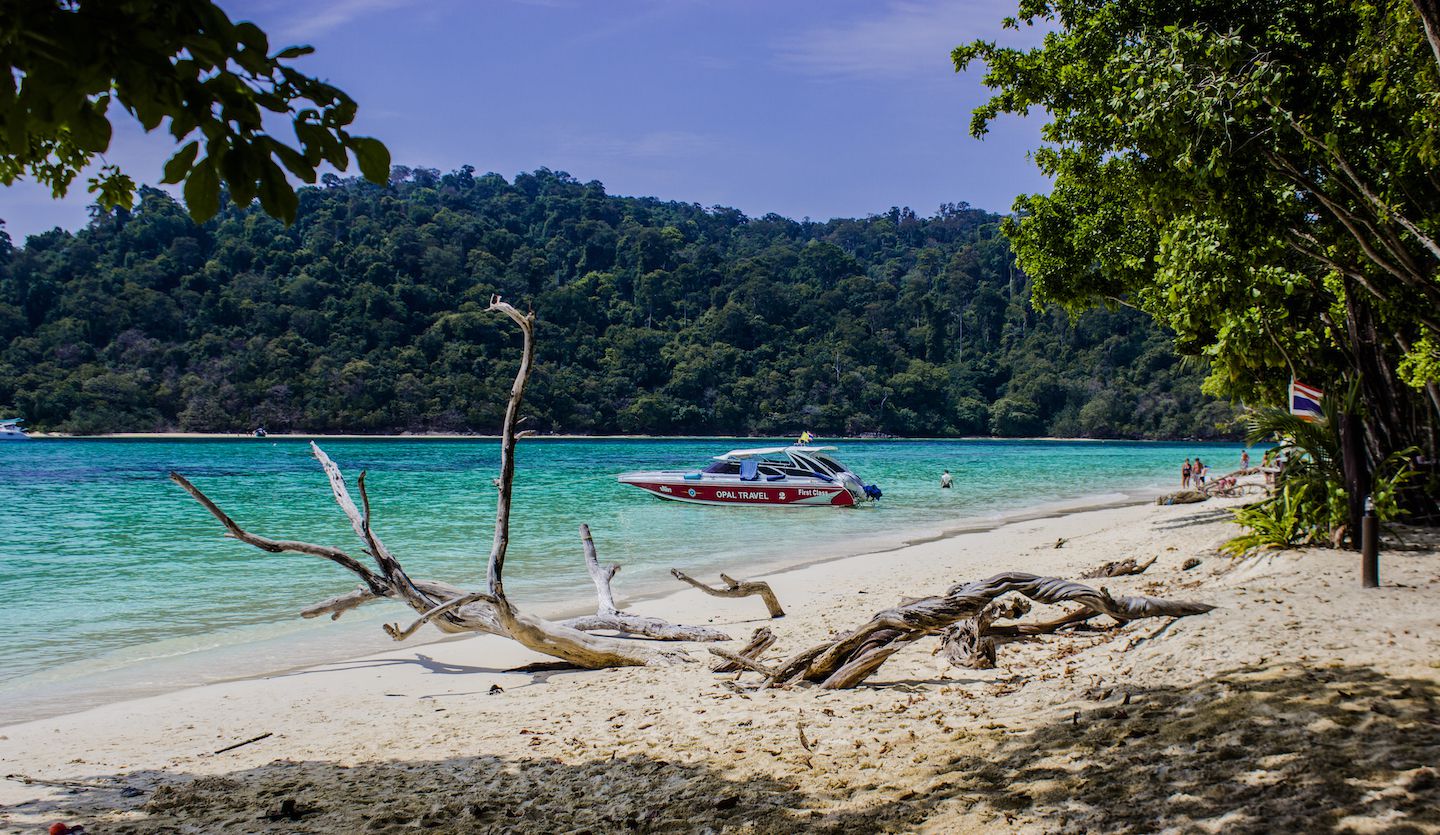
Turning our attentions towards the beach again, I went for some more snorkeling in the nearby reef; however, this site turned to be less impressive than the first one, with less fish and corals.
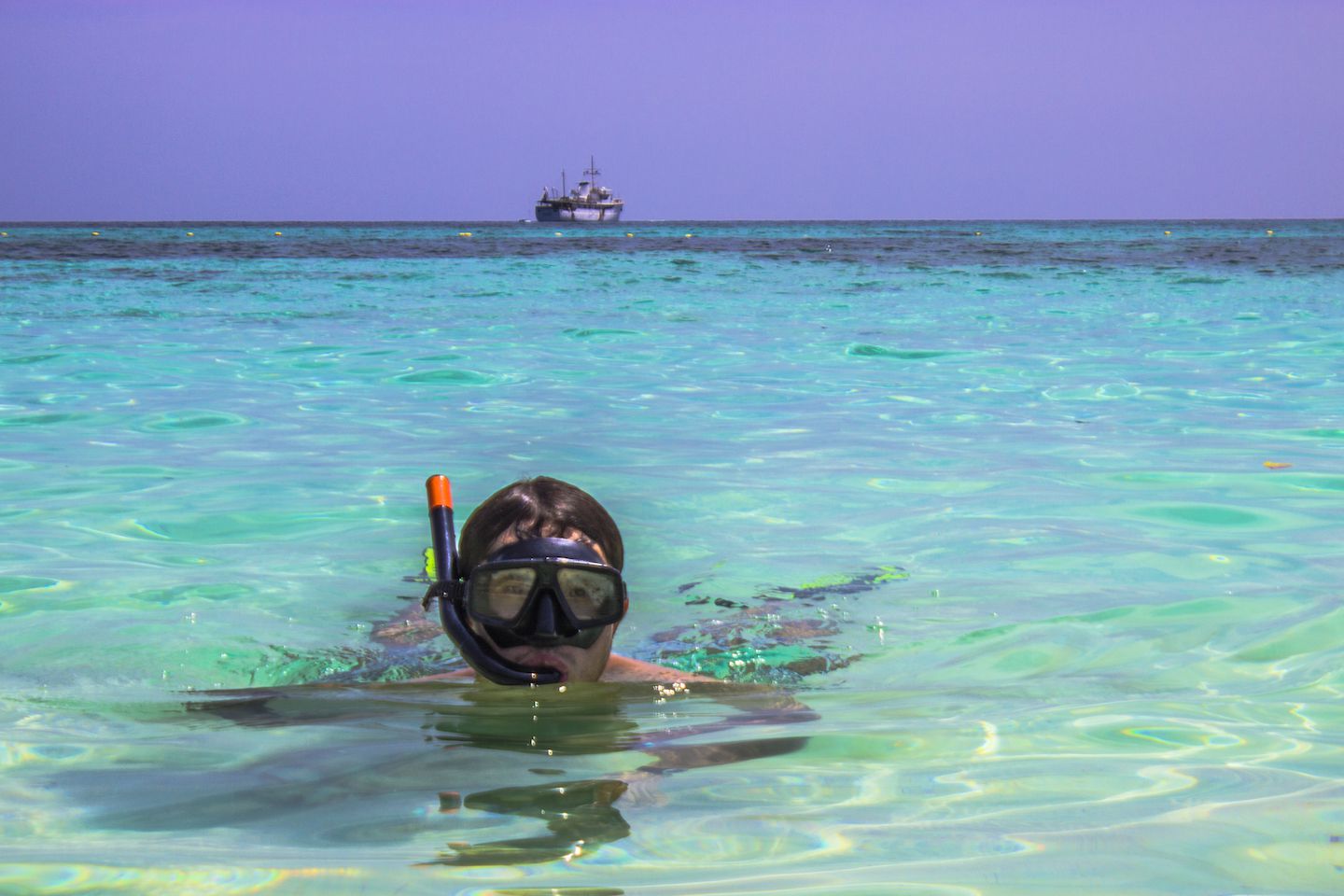
Back on the boat, we headed for the last snorkel site on Koh Rok Nai, where we saw more clownfish. We just couldn’t get enough of those little cute fish and we enjoyed them as much as we could because regrettably we couldn’t take any pictures of them as none of our cameras were waterproof. Hopefully we can fix this before our future tropical destinations.
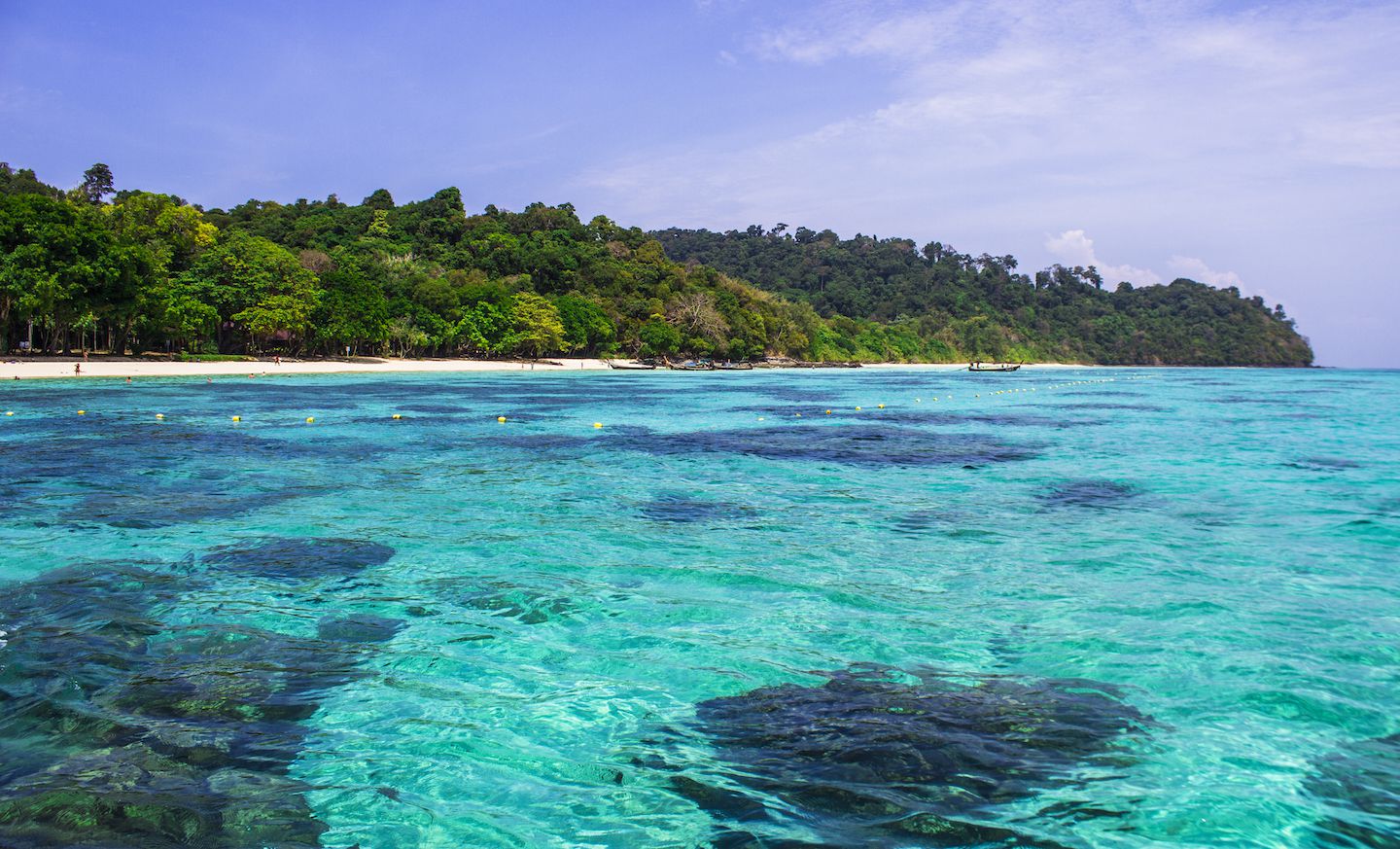
We were really happy with our detour from Koh Lanta and the chance to explore Koh Rok. Seeing monitor lizards on the island and swimming with clownfish for the first time were some wildlife milestones on our trip.
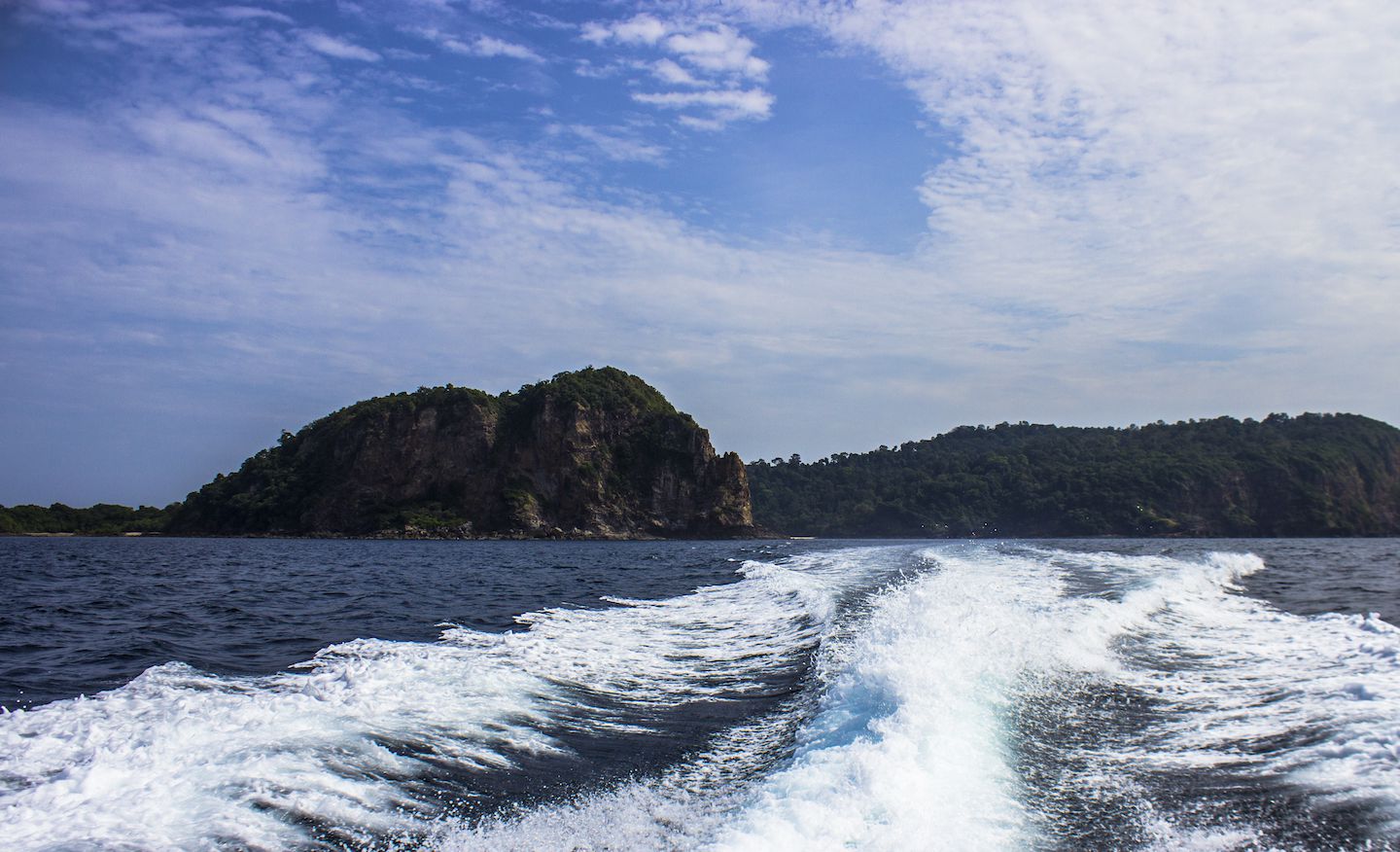
For more pictures of Koh Lanta and Koh Rok, please visit the gallery!

